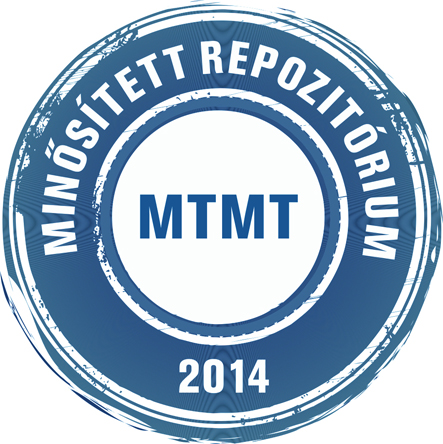Horváth Csaba Sándor: A vasút szerepe a balkáni és keleti frontra való szállításban a nagy háború első évében = Role of the railway in the transportation to the Balkan and Eastern front in the first year of the Great War. In: Közép-európai közlemények, (12) 1. pp. 139-153. (2019)
Előnézet |
Cikk, tanulmány, mű
kek_042_139-153.pdf Letöltés (4MB) | Előnézet |
Absztrakt (kivonat)
After the outrage against the Archduke Francis Ferdinand and his wife Sophie Hohenberg the Austrian Hungarian Monarchy proclaimed war against Serbia. On the 29th of July 1914 the military forces were departing by railway towards Serbia (Balkan front). Early in the morning on this day, the Danube Fleet and the Artillery of Zimony launched the bombing of Belgrade. The Serbian leadership, in fear of a direct attack, blasted the railroad bridge that linked Zimony to Belgrade. The first front was opened. In the meantime, another front was opened in addition to the Balkans. Behind the scenes, preparations for the Russian mobilization were largely in progress. The Tsar Nicholas II of Russia ordered the general mobilization of the entire Russian army on July 31st, after which their attention turned to Galicia (eastern front). The aim of this study is to reveal the directions, the operating, the operation and the social impacts of direct frontlines and trains leading and running through Hungary and inland as well in these 2 fronts in the first year, so in 1914 of the Great War, which otherwise was not affected by the frontiers, did not become a war theatre These trains transported military troops and resupply to the fronts. The growing transportation to the fronts caused stoppages in the traffic, the civil timetable was inhibited. Because of the quick Russian mobilisation Galicia had to be evacuated by trains, and it had resulted again growing traffic. Simultaneously the trains with causalities came back to Hungary. The civil inhabitants felt the horrid effects of the war: injured people, dead and the coffins. Trains were running from Austria to the eastern front to take resupplies every day. It produced unliveable traffic to the end of the first year.
| Mű típusa: | Cikk, tanulmány, mű |
|---|---|
| Befoglaló folyóirat/kiadvány címe: | Közép-európai közlemények |
| Dátum: | 2019 |
| Kötet: | 12 |
| Szám: | 1 |
| ISSN: | 1789-6339 |
| Oldalak: | pp. 139-153 |
| Befoglaló mű URL: | http://acta.bibl.u-szeged.hu/62237/ |
| Kulcsszavak: | Világháború - 1. - 1914, Vasút - Magyarország - története - 1914 |
| Megjegyzések: | Bibliogr.: p. 152-153. ; összefoglalás angol nyelven |
| Feltöltés dátuma: | 2019. okt. 02. 12:19 |
| Utolsó módosítás: | 2021. ápr. 29. 16:06 |
| URI: | http://acta.bibl.u-szeged.hu/id/eprint/62173 |
 |
Tétel nézet |





